Guide to Calculating the ROI of Enterprise Technology Investments
ROI and enterprise technology investments

Companies continuously spend on improving enterprise technology as well as investing in tools and apps for improving employee productivity or enhancing collaboration and communication. In 2020, the COVID pandemic forced many businesses on the proverbial technology fence into digital transformation to keep pace with the competition.
No doubt technology investments improve the business, but how can you determine the actual ROI? Some enterprise technology investments may not generate ROI in dollar value. It’s essential to understand ROI to ensure business investments are credible and have a positive long- or short-term impact on the business.
This guide describes best planning practicesto identify investments, quantify costs and benefits, and define factors that impact calculating an accurate ROI.
How to identify enterprise technology investments
Return on investment (ROI) is a common credible business financial management method. Its calculation is important to keep businesses thriving and building revenue.
Before deciding to invest in a certain enterprise technology or other IT project, identify multiple options to achieve the intended business goal and compare each estimated ROI to make the best decision. For example, if a business wants to invest in enterprise technology versus in a digital transformation to a cloud-managed service like AWS, consider the potential financial outcome for both. Technology that improves communication and collaboration has greater potential.
How many teams, employees, or groups are improved by the potential project? Naturally, an increase in staff on a project results in a cost increase.
If the existing system has useful information that’s transferable or reusable, leverage it. Cost per use should be considered and compare investment options to choose the most effective solution. Finally, quantify the costs and benefits of all potential investment options.
How to quantify costs and benefits
Now that the investment options are identified, the next step is attempting to quantify the cost versus the benefit for each. That said, there are expected benefits and intangible benefits that are difficult to specifically quantify. Take the IT project options list and determine all actual and intangible benefits. Don’t forget to include indirect benefitslike employee productivity gains. The object is to account accurately for any gains that may not be tied to an exact dollar amount.
Some best practice rules can help quantify the costs and benefits. Consider base measurements on a fully loaded cost. For example, when purchasing a new car, base cost estimates and benefits with all the bells and whistles. You can always reduce the features if necessary. Adjust for inefficient transfer of time and set a measurement value for different employee types if applicable. Outsource the services of a partner that won’t charge a fixed fee.
Use comparative measures. For instance, if an option will save 20% on software development costs, can you then reduce the workforce, or will you plan to add 20% more work capacity?
Another selection is to survey users and then average the estimates. Consider surveying the software development and IT teams to leverage existing knowledge about similar projects. You may want to quantify costs and estimates for each option for both “all the bells and whistles” or just the limited budgetfeatures if your budget is tight.
Tips for calculating ROI
Several factors influence ROI calculations. You’ve already quantified the benefits and costs. Next, select the results and measurements that are valuable for your business.
Alternative options for calculating ROI for IT projects include using the definition of ROI over 3 years: ROI = average benefit over 3 years / initial cost.
Consider the payback period – the time it takes for the benefit-cost to cover the initial cost. Most payback periods are 1 year or less.
Analyze the net present value (NPV). The value of ongoing benefits discounted back to the present year helps determine if the IT project is feasible.
The total cost of ownership (TCO) provides accurate values for budgeting.
You can use these measures to better quantify improvements in service and productivity into actual dollar amounts. These alternatives may provide insight into which option to select, but they aren’t as reliable as ROI for measuring investments specifically for IT technology.
ROI for enterprise technology investments
To measure ROI for enterprise technology investments, use this equation: ROI = net gain divided by the initial cost. As an example: Spend $100.00 on an app, and you gain $150.00 in benefits or profits, then the net gain is $50.00 or 50%.
ROI is easier to calculate when the business has a specific goal to achieve. ROI of enterprise technology investments needs a business goal. If a business knows why it’s choosing an option to invest in, it’s easier to quantify the costs and benefits and calculate an accurate ROI.
Consider this example: The business invests in a new customer service application that links to your existing business data. As a result, customer service levels improve as do sales and employee productivity.
To view this resource from the original Author and view references and more detailed info please click here.
All of our resources are curated by external experts, and we share them on our site.
All original content can be found by clicking on the link below.

